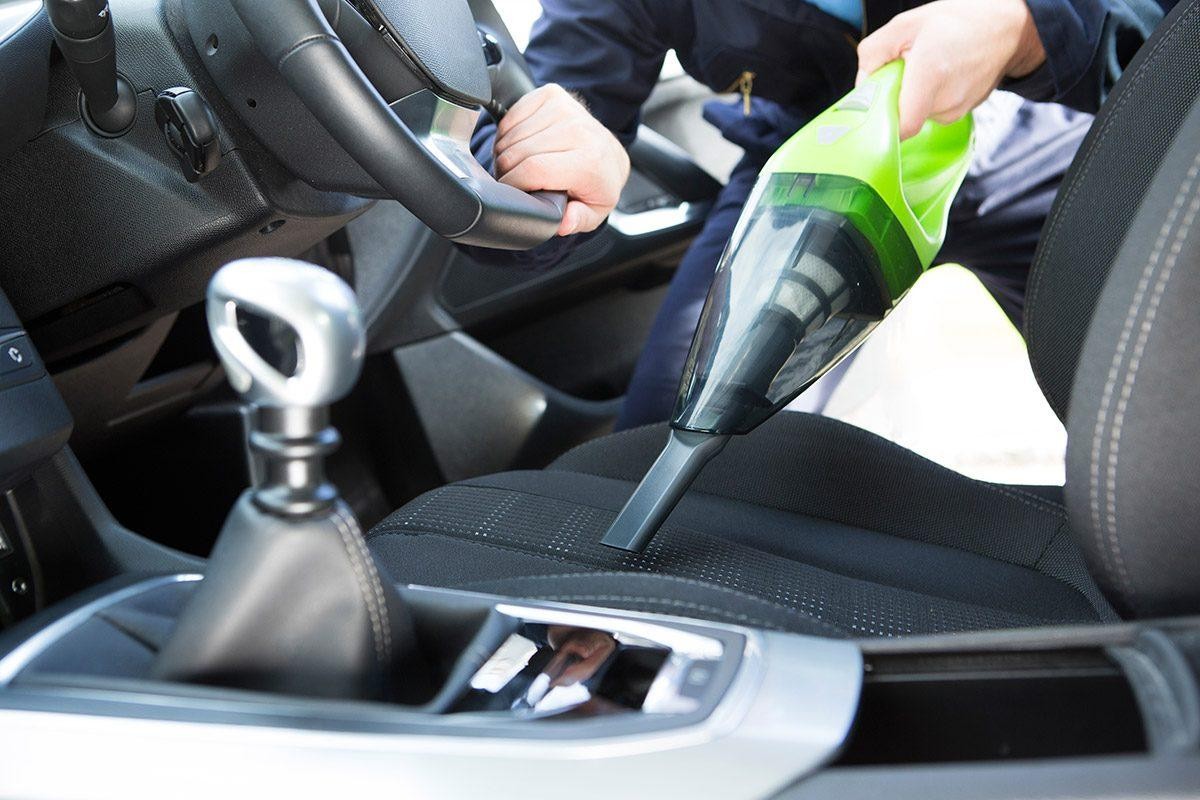Car vacuum cleaners are incredibly convenient tools for keeping your vehicle’s interior clean and fresh. From crumbs and pet hair to dust and dirt, these handy devices efficiently tackle messes. However, like any appliance, car vacuum cleaners can encounter problems over time. Understanding common issues and knowing how to address them can save you time and money, preventing the need for costly replacements. This guide will walk you through typical car vacuum cleaner problems and provide actionable steps on how to repair them, so you can keep your car interior spotless.
Common Car Vacuum Cleaner Problems and How to Fix Them
Just like any mechanical device, car vacuum cleaners can experience a range of issues. Recognizing these problems is the first step towards effective repair. Here are some of the most frequent problems you might encounter and how to resolve them.
1. Loss of Suction
One of the most frustrating car vacuum cleaner problems is a sudden decrease in suction power. This often indicates a blockage or issue within the vacuum’s system.
For bagless vacuum cleaners, the first thing to check is the dust container. An overfilled container is a primary cause of suction loss. Emptying the container can often immediately restore suction. Additionally, inspect the container seals. Damaged or improperly fitted seals can leak air, reducing suction efficiency. Replacing worn seals can solve this problem.
For vacuums with bags, check the bag’s fullness and for any tears or holes. A full bag needs replacing, and any damage requires immediate patching or bag replacement to maintain suction. Blockages in the hose or nozzle can also cause suction loss. Detach these components and check for obstructions like large debris or clumps of dirt.
2. Clogged Vacuum Filters
Vacuum filters are essential for trapping dust and allergens, ensuring clean air exhaust. However, over time, these filters can become clogged with dirt and debris, leading to reduced suction and poor performance.
Regular filter maintenance is crucial. To clean the filters, remove them according to your vacuum cleaner’s manual. Use compressed air to blow out loose dust and dirt. For a more thorough cleaning, gently wash the filters with clean water. Avoid using any chemicals or detergents as these can damage the filter material. Ensure the filters are completely dry before reinstalling them back into the vacuum. Operating the vacuum with wet filters can cause further damage.
3. Overheating or Burning Smell
An unusual heating up or a burning smell emanating from your car vacuum cleaner is a serious sign, often pointing to motor problems. Excessive use can sometimes strain the motor, but persistent overheating suggests a more significant issue.
In some cases, a worn or broken motor belt can cause overheating and a burning rubber smell. Inspect the belt for damage and replace it if necessary. If the smell and overheating persist after checking the belt, the motor itself may be failing. Motor replacement is a more complex repair, and depending on the vacuum cleaner model, it might be more cost-effective to consider a new unit. However, for some models, replacement motors can be purchased and installed by someone with basic DIY skills.
4. Power Cord Problems (Corded Vacuums)
For corded car vacuum cleaners, power cable issues are a common cause of malfunction. If your vacuum suddenly stops working, the power cord is a prime suspect.
Careless handling, like yanking the cord or exposing it to sharp objects or moisture, can damage the internal wiring. Carefully inspect the entire length of the cord for visible damage, such as cuts, frays, or exposed wires. If you find damage, do not attempt to use the vacuum as this poses a safety risk. Repairing a damaged cord can be complex and potentially dangerous if not done correctly. In many cases, it’s best to replace the entire cord or, depending on the extent of the damage and the vacuum’s value, consider purchasing a new vacuum cleaner.
5. Battery Issues (Cordless Vacuums)
Cordless car vacuum cleaners rely on batteries, typically lithium-ion, for power. Battery problems are a common reason for cordless vacuums to fail or underperform.
Over time, rechargeable batteries degrade and hold less charge, resulting in shorter run times or the vacuum not turning on at all. If your cordless vacuum isn’t holding a charge or operating for very long, battery replacement is usually the solution. Fortunately, replacing batteries in cordless vacuums is generally straightforward. You can often purchase replacement batteries online or from appliance stores and install them yourself by following the manufacturer’s instructions.
Conclusion
Car vacuum cleaners are invaluable for maintaining a clean car interior, and understanding how to repair common issues can extend their lifespan and save you money. From suction loss and filter cleaning to addressing motor and power problems, many repairs are manageable at home with a little troubleshooting. By following these guidelines, you can effectively address many car vacuum cleaner problems and keep your vehicle looking its best.

